Paris Sewer Pumps—Evolution of the World's Most Famous Sewer
/An exclusive, private tour of the poste Mazas pumping station in the Sewers of Paris reveals powerful Flygt pumps in action, protecting the City of Light from waste and stormwater overflow.
By Michelle Segrest, Navigate Content, Inc. — Reporting on the Industry
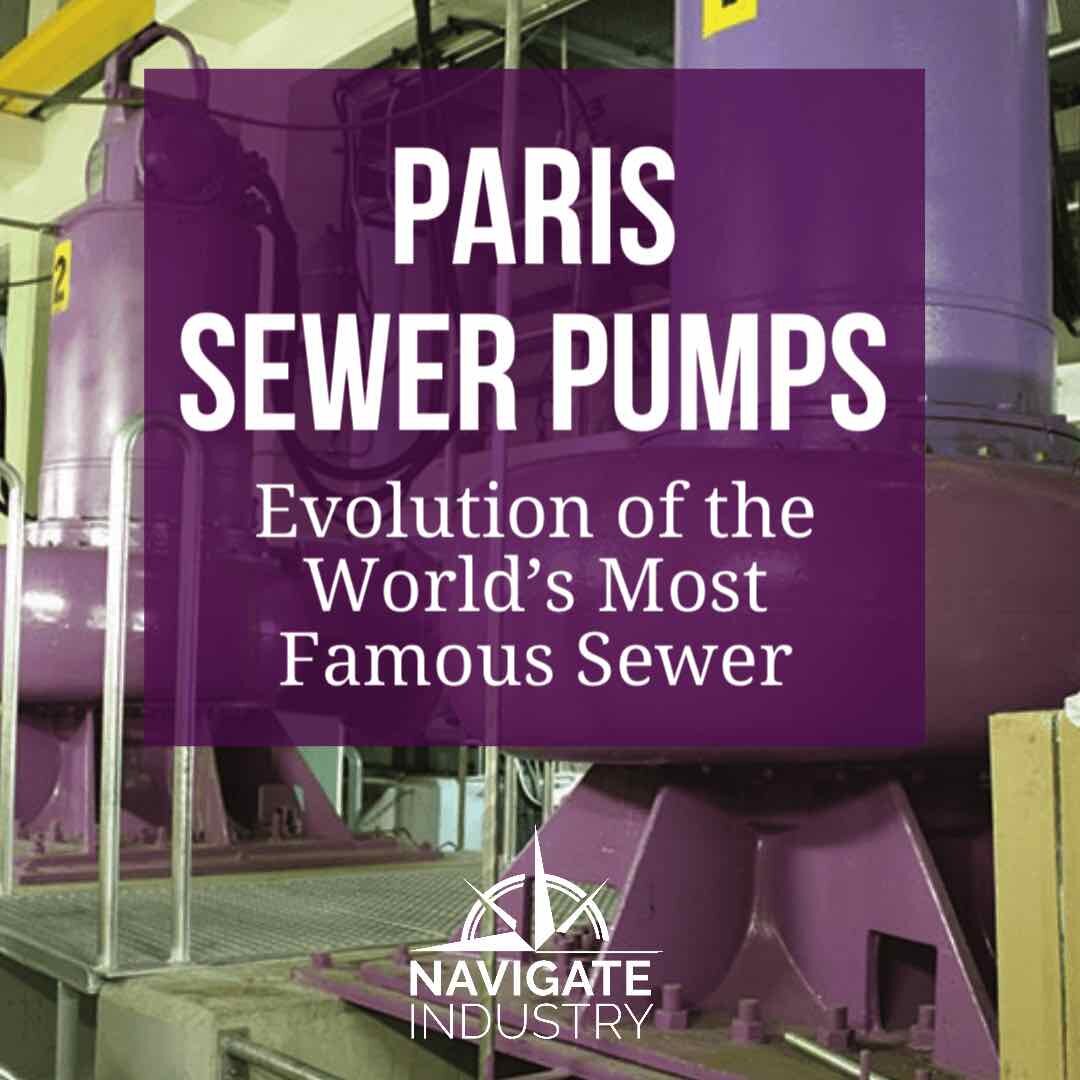
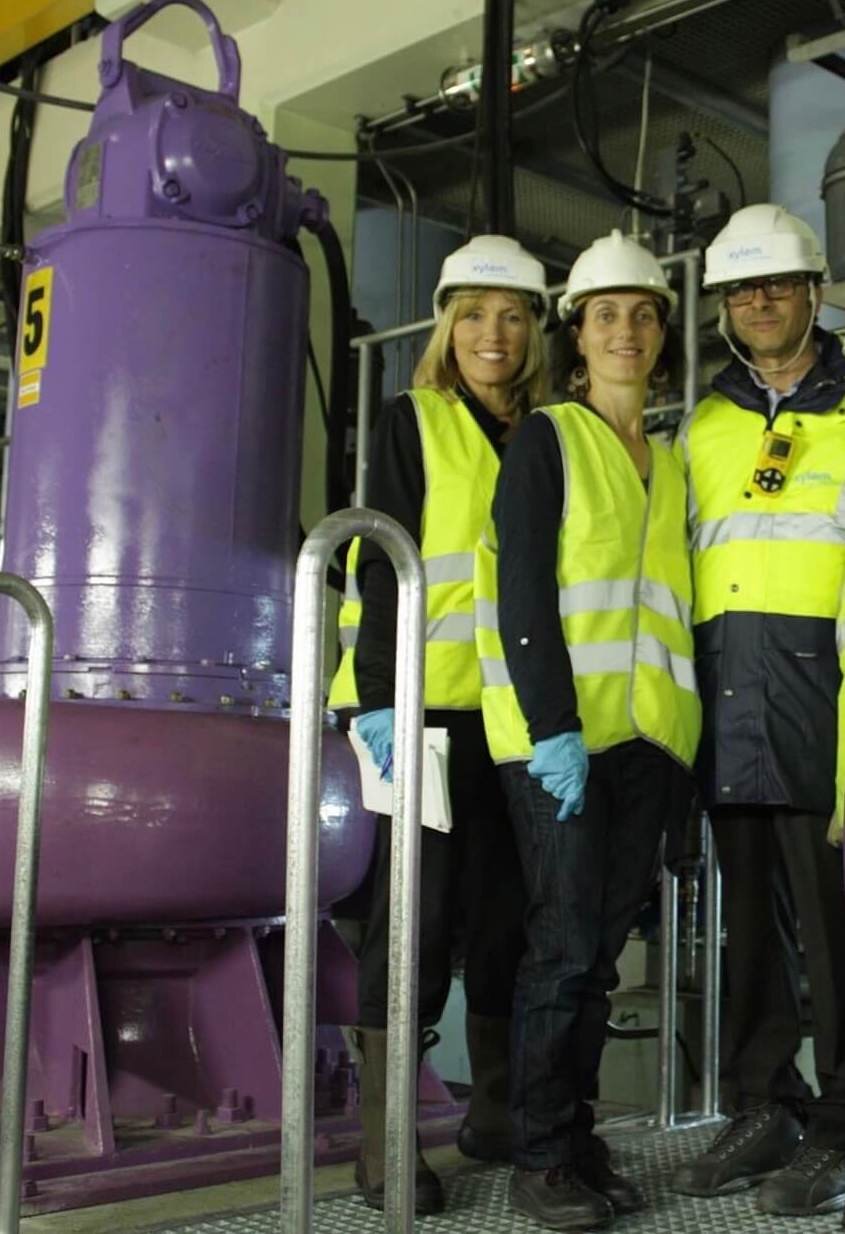
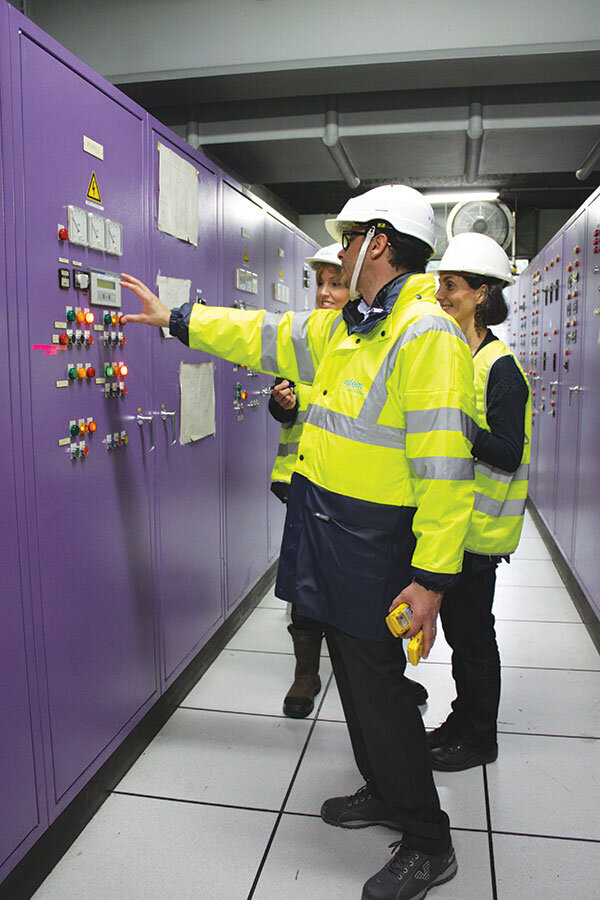
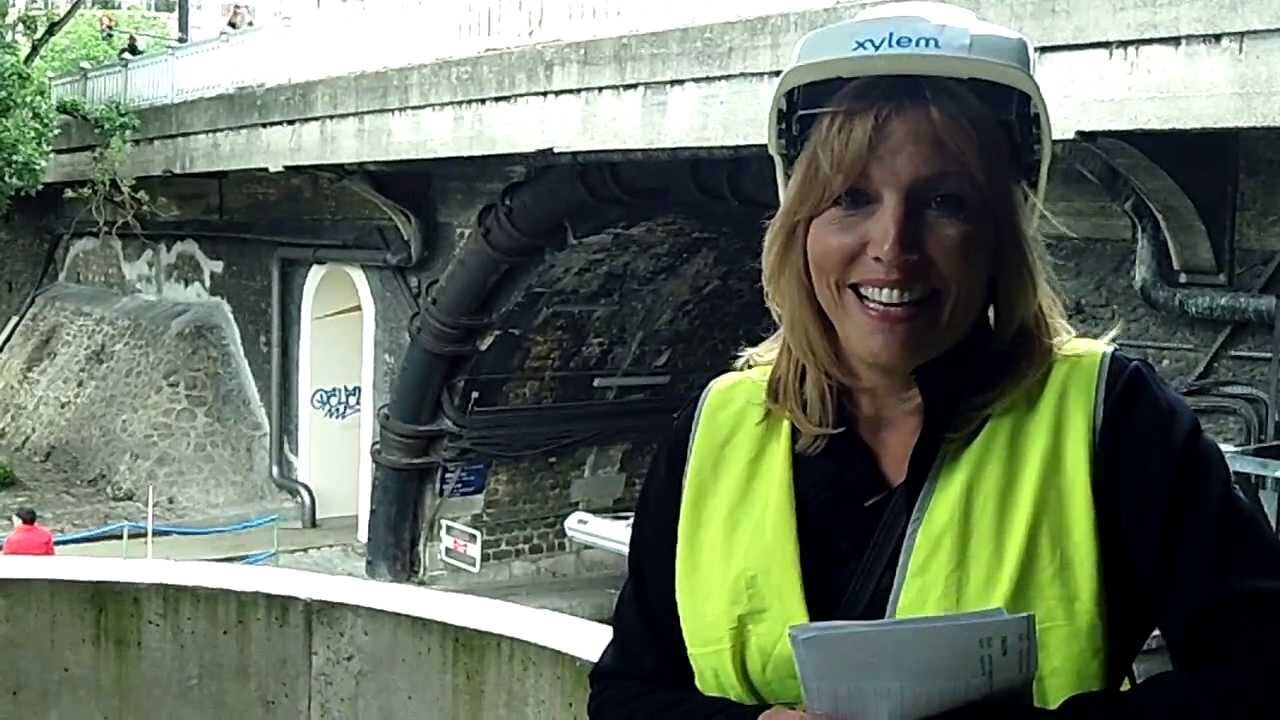
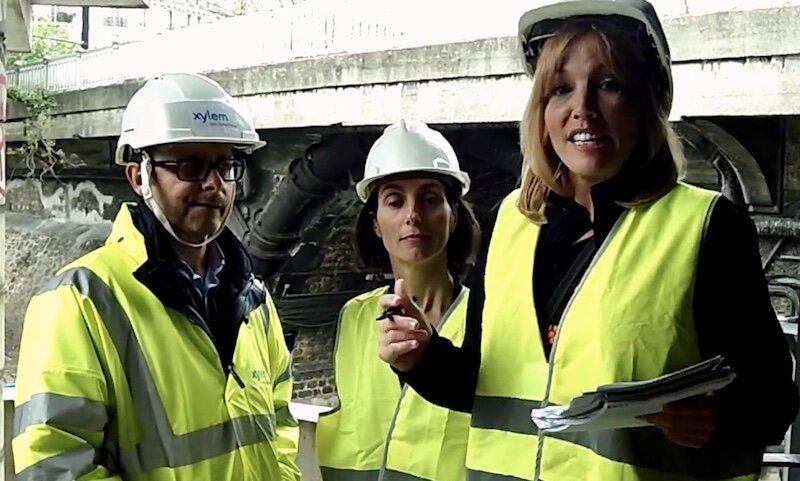
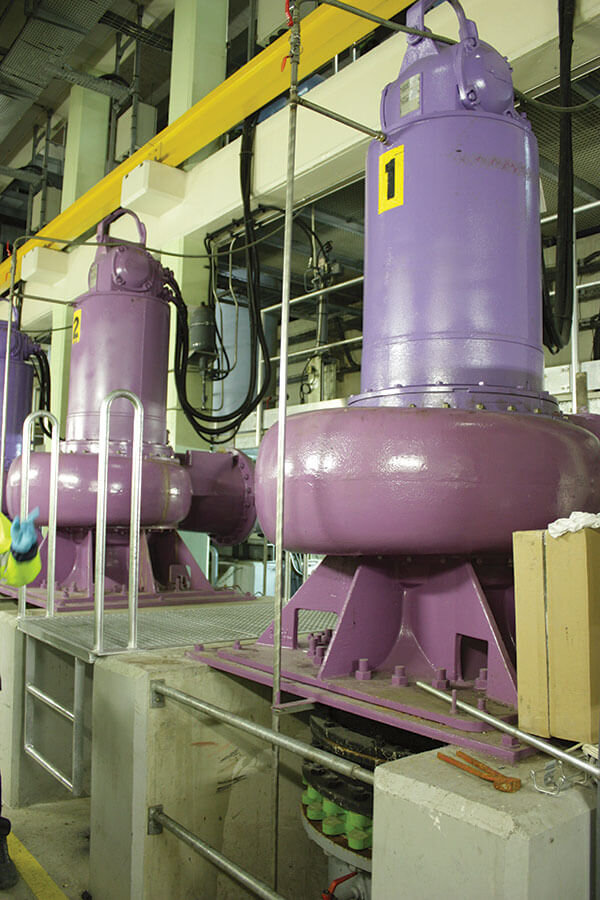
The smelly sewage of Paris once festered within the cracks of the streets’ cobblestones, dumped out of windows from chamber pots. Today, Paris has a practically invisible sewer network that is an underground city.
Victor Hugo made it famous in his novel, Les Miserables. “Paris has another Paris under herself; a Paris of sewers; which has its crossings, its squares, its blind alleys, its arteries, and its circulation, which is slime minus the human form,” Hugo wrote.
In 1200, Paris had no waste disposal system. The city’s citizens breathed the wastewater fumes in the open air. The lack of proper sanitation affected thousands of Parisians who were plagued with the “Black Death.” Today, a sophisticated system of four principal tunnels exists underneath the City of Light. The network is 2,400 kilometers (1,491 miles) long. If stretched out, it would reach from Paris to Istanbul.
The Sewers of Paris is an Underground City and Popular Tourist Attraction
Within this underground system, signs indicate the names of the Paris streets above. The network is operated by “Section de l’Assainissement de Paris,” the municipal department of Paris for Sewage. Xylem France has the maintenance contract for all the pumps in use. More than 70 pumps are in operation and about 90 percent are Flygt pumps, including five dry-pit Flygt CT3500 140-kilowatt pumps installed in 1990 in one of the larger pumping stations, poste Mazas. The pumping stations collect urban wastewater and transport it to two wastewater treatment plants.
Antonio Errigo is the regional manager for Aftermarket & Service for Flygt, a Xylem Brand. Errigo has 30 years of pump maintenance experience. He was involved in the 1990 retrofit of poste Mazas pump station and continues to help maintain the Flygt pumps, which are regulated by variable frequency drives.
Preventive Maintenance for the Flygt Pumps in the Paris Sewers
Twice each year, preventive maintenance is performed on the pumps, Errigo said. “The Xylem maintenance team checks all issues, including the seals, bearings and cooling systems. Once every four years, the pumps are completely dismantled, removed and tested at our facility in Paris.”
Poste Mazas is one of 10 pumping stations located along the Seine River. The poste Mazas pumping station is controlled remotely within a complex supervision center. About 10 valves are regulated automatically. Although no operators are onsite, about 50 technicians are on staff and available to handle any issues that arise. The supervisor can change the parameters of operation remotely and send operators to the station when necessary.
Powerful Sewer Pumps Protect Paris from Stormwater Overflow
Each of the five dry-pit pumps operates at a rate of 1 meter per second. About 3 to 4 meters per second are pumped out of the station and to the wastewater treatment plant. Before the wastewater reaches these five pumps, huge screeners remove approximately 90 tons of waste each year from the inlet wastewater.
In total, 45 retention basins with a capacity of 35,000 cubic meters are available in Paris to stock and retain water for storm and flood control. The largest one can hold 18,000 cubic meters. Most of the time, the basins are empty, Errigo explained. However, they can fill within two hours during a heavy rainstorm.
The Paris sewage network also features more than 100 small Flygt dewatering pumps (Steelinox or 2000 series of submersible pumps). Most of the main monuments in Paris have Flygt pumps in operation, Errigo said.
The Evolution of the Sewers of Paris
This sophistication took time to develop and evolved through the years. In the early Middle Ages, Parisians’ drinking water was obtained directly from the Seine. Wastewater was poured onto fields and onto the unpaved streets of the urban landscape and then filtered back into the Seine. In 1370, a vaulted sewer was built on Rue Montmatre. During Napoleon’s reign, a 31-kilometer (19-mile) sewer was constructed beneath Paris.
The Industrial Revolution produced iron pipe and steam-digging equipment, and by 1850, Baron Georges Haussmann and engineer Eugene Belgrand had developed a system of separate channels for drinking water and sewage.
Belgrand reshaped the system, increasing the size of the drains and roads. He started a treatment plant and built aqueducts so the city could pump in drinking water from surrounding areas.
It was not until 1894 that laws were enforced requiring that the discharge of all wastewater and stormwater runoff be funneled into the sewers. Today, 1.2 million cubic meters of wastewater are collected and disposed of daily.
Michelle Segrest is president of Navigate Content, Inc., and has been a professional journalist for three decades. She has covered the industrial processing industries since 2008. Email her with feature ideas at michelle@navigatecontent.com.
A special thanks to Sylvie Haugeard, marketing manager, Business Unit Transport for Xylem France, who contributed to this report.
(Original version published in Pumps & Systems 2013). Updated October 2019.
Watch the Videos of the Paris Sewer Pumps Exclusive Interview
If you like this article about the pumps in the Sewers of Paris, please PIN IT!
This page contains affiliate links. If you click on the product links and make a purchase, it allows me to make a small commission at no extra cost to you! Thank you for your support and I hope you find value in this content!












